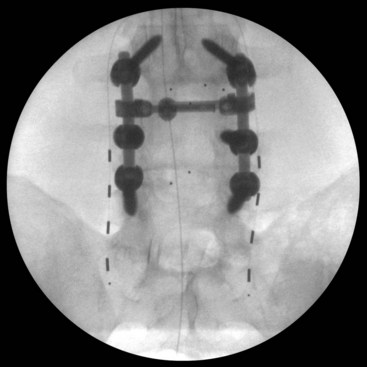
Imagine a world where emergency response teams can detect and navigate through the heart of a disaster with pinpoint accuracy, all thanks to advanced radar systems. This is not a snippet from a sci-fi movie but a reality that’s unfolding before our eyes. Advanced radar technology is revolutionizing how we approach emergencies, saving more lives by making responses faster, safer, and more efficient.
The Evolution of Radar in Emergency Management
Radar technology, initially developed for military and aviation use, has found its way into the heart of emergency management. Its evolution from simple object detection to sophisticated systems capable of providing real-time data on weather patterns, structural integrity, and even the movement of people and vehicles in disaster-hit areas is nothing short of remarkable.
Integration with Other Emergency Technologies
The potential of radar technology increases manifold when integrated with other emergency technologies like drones, IoT devices, and satellite imagery. Such integrations can enhance the overall situational awareness and facilitate a coordinated response that leverages the strengths of various technologies to mitigate the impact of disasters. Furthermore, the advancement in automotive radar is an excellent example of how radar technology can be adapted for specific applications such as vehicular safety within and beyond emergency contexts, showing the versatility and importance of radar in modern safety and response strategies.
How Radar Systems Enhance Emergency Responses
Advanced radar systems offer unparalleled benefits in the context of emergency response:
- Speed: They provide real-time information, allowing for quicker decision-making.
- Accuracy: Radar can penetrate through obstacles, offering precise data even in visually obscured conditions.
- Safety: By providing detailed situational awareness from a distance, they reduce the risk to first responders.
- Scope: Capable of covering large areas quickly, they are indispensable in large-scale emergencies.
The Role of Radar in Natural Disasters
During natural disasters such as hurricanes, earthquakes, and wildfires, radar systems play a crucial role. They help in monitoring weather patterns leading to hurricanes, detecting ground movements that precede earthquakes, and tracking the spread of wildfires. This information is critical in issuing timely warnings and organizing effective evacuations.
Operational Challenges and Technological Solutions
While the benefits of radar technology in emergency scenarios are vast, operational challenges such as signal interference, the need for real-time data analysis, and the complexities involved in deployment remain significant. To address these, researchers and technologists are focusing on developing more resilient radar systems that can adapt to diverse conditions and deliver accurate information without delay.
Innovations in Radar Technology
The field of radar technology is brimming with innovations that promise to further improve emergency responses. Developments like Quantum radar, which offers enhanced detection capabilities with minimal signal loss, and AI-integrated radar systems that can analyze and predict disaster patterns, are set to redefine what’s possible.
Radar in Urban Search and Rescue
In urban search and rescue operations, radar systems shine by enabling rescuers to locate survivors trapped under debris without needing to physically remove rubble first. This capability not only saves critical time but also minimizes the risk of further injury to both the rescuers and survivors.
Challenges and Future Directions
Despite their potential, the integration of advanced radar systems into emergency management is not without challenges. Issues such as high costs, technical complexity, and the need for specialized training can hinder widespread adoption. However, ongoing advancements and a growing recognition of their value are slowly overcoming these barriers.
Looking forward, the future of emergency management is set to be deeply intertwined with radar technology. With each leap in innovation, we can expect emergency responses to become even more swift, safe, and efficient, ultimately leading to a reduction in the loss of life and property during disasters.
Community Involvement and Preparedness
Community involvement plays a critical role in the efficacy of radar-based emergency systems. Educating communities about the capabilities and benefits of such technologies can foster a culture of preparedness and resilience. Encouraging public-private partnerships to invest in advanced radar systems can significantly contribute to building a robust emergency response infrastructure that benefits everyone.
Conclusion
Advanced radar systems represent a beacon of hope in the often chaotic and unpredictable realm of emergency response. As we continue to refine and integrate these technologies, our ability to face and overcome disasters will only strengthen. The conversation about emergency management is no longer just about how to respond but how to respond smarter. In this quest, advanced radar systems stand out as a crucial ally, ensuring that when disaster strikes, we are prepared not just to react but to react with intelligence.





